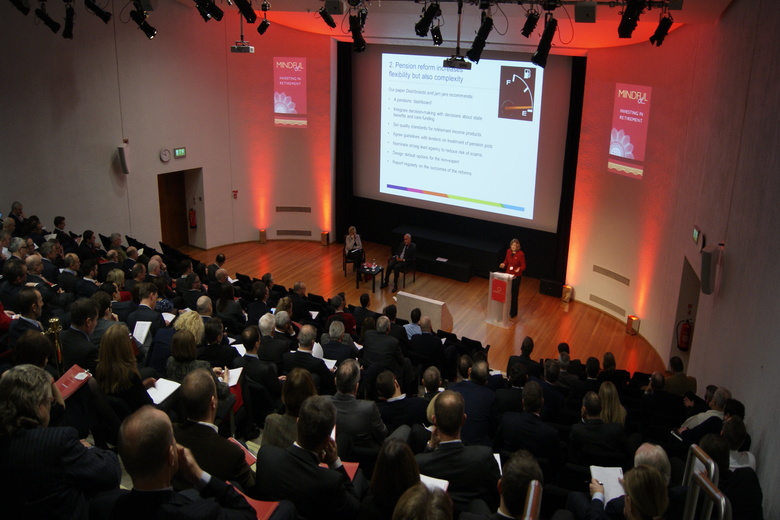

Expert and Facilitator: Glen Ward, Scorpio Partnership
Key message
Participants were interested in the commoditisation trap debate relative to regulation, cost and the customer experience. Many stated that really understanding the customer is the key to attracting and retaining that customer.
Headlines
- Differentiation versus commoditisation
- Benchmark-driven versus outcome-driven approach
- Segmentation and digital have to be considered with care
Key themes
Participants in the session were keen to hear about and discuss differentiation versus commoditization, economies of scale and pricing pressure, how to balance cost and delivery, regulatory effect and impact of tech. There was interest in understanding the progression towards multi-asset investing through the value chain, and how that relates to process-driven advice.
One of the key questions to consider was developing the client journey around investments.
“Are we getting commoditized and how do we manage that from the client side?”
Other industries also commoditize. As an example, the Four Seasons hotel group has the same service levels throughout its global locations. The client is willing to pay for that service level; there just needs to be a clear declaration of what is delivered for which price.
When choosing a wealth manager, at the early stages of the selection process, the brand might influence a client’s choice of firm. The main riddle to solve is how to get from a long list to a short list and remain the firm of choice; that’s where differentiation comes in. This is where the personality of the relationship manager matters, for example. A low client/adviser ratio is another way to differentiate from competitors.
However, differentiation is becoming increasingly difficult. The challenge is that generally, delegates felt that clients are still focused on fees rather than performance. And on top of that, differentiation in performance is much harder and less consistent.
Some of the participants believed that differentiation is not how you attract clients – it is about outcomes. That means understanding personal goals and needs, the “do you get me as a customer” approach. Benchmarks right now seem to be falling off in importance.
However, commoditization comes in handy when a constant review of performance (short-term) is carried out, for instance.
Regulations are affecting pricing pressure. Yet, as some participants of the session believe, even though pricing and fees come up in surveys frequently, this is not what clients focus on at first when they come to meet the representatives of firms.
It was generally agreed that there is a shift occurring in the industry from benchmark-oriented to an outcomes-oriented approach. Benchmarking as defined by an aggregation of multiple indices means very little to the end client after all. On the other hand, if objective-driven strategies yield less than the benchmark, it isn’t viewed as a good thing either.
Among other industry trends, some firms are focusing on eliminating trust issues by means of risk assessment and due diligence as well as segmenting their approach.
“How do we attract the under 35s and not alienate 55s+”
Segmentation is viewed as a double-edged sword. Because it might not be apparent to a customer what group he is in, he / she might simply not identify themselves as an entrepreneur, etc. The firm will need to establish what segment is appropriate. If supermarket studies are anything to go by, clients tend to have a whole price range of products in their basket, chosen for different reasons that are not always aligned to segments.
“Old grannies would buy an expensive dog food because their dogs are the most important thing in their lives”
When it comes to digitalisation of information, it is important that firms publish online information that clients actually want to see. However, the digital footprint of clients on the bank’s website / apps does not give a reliable overview of their lives and trends in behaviour. Hence the data has to be collected elsewhere.
Conclusions
- Participants of the session were generally aligned in their view that the personal relationship with the customer comes first
Commoditization is seen as merely one tool that helps cater to the clients’ needs, rather than the overarching approach to the customer relationship

